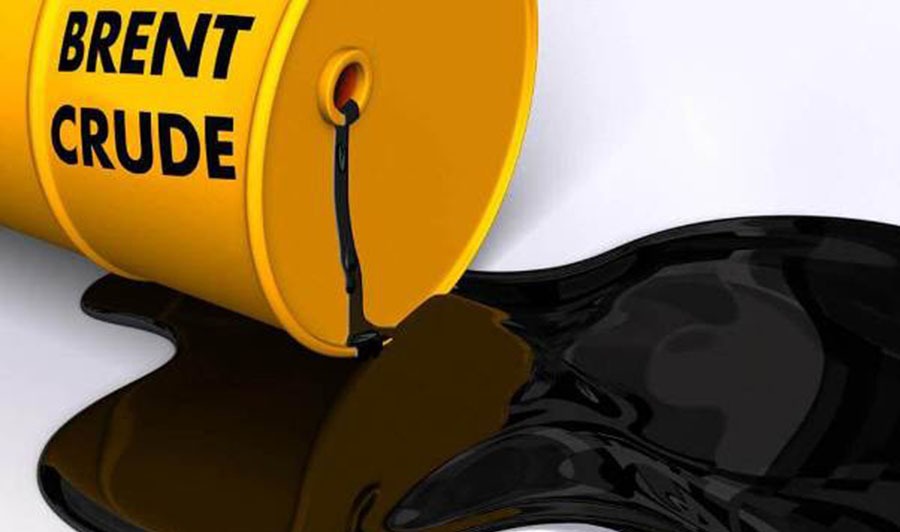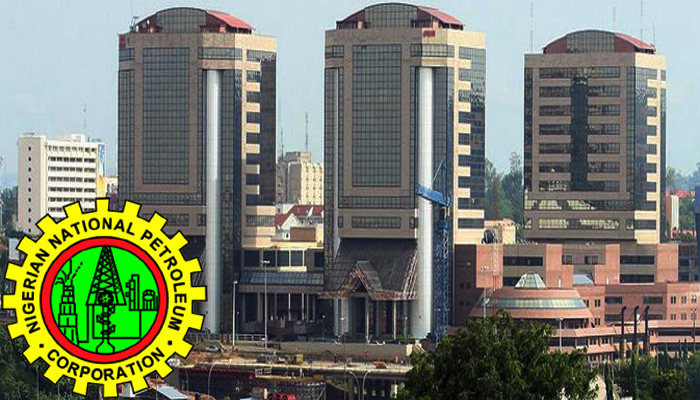We’re seeing subdued trading at the end of the week, with the absence of the US leaving markets lacking any notable direction.
This isn’t really unusual and at the end of the week too, it really makes sense. Barring a flurry of big headlines from elsewhere, we could now see equity markets just drift into the weekend with investors already having an eye on next week.
Perhaps today people are trading in their charts for some Black Friday deals, the outcome of which will certainly be on everyone’s radar. Going into the holiday season, we’ll get an early idea of the state of play for household spending in the midst of a cost-of-living crisis.
Of course, it will naturally be difficult to distinguish how much of that bargain hunting will prove to be holiday season shopping brought forward in an attempt to get the “best deals”. But if Black Friday shopping takes a hit this year, it won’t bode well for the rest of the holiday period which is so important to retailers.
PBOC cuts the RRR
The PBOC cut the RRR by 25 basis points this morning in a bid to support the economy which is once more going through a difficult period. How effective that will prove to be when cities are seeing restrictions and effective lockdowns reimposed is hard to say. But combined with other measures to boost the property market and ease Covid curbs, the cut could be supportive over the medium term when growth remains highly uncertain.
Oil pares losses as price cap talks continue
Oil prices are higher on Friday, continuing to pare losses after being hit heavily in recent weeks by surging Covid cases in China and discussions around the price cap on Russian crude.
Lockdowns in all but name appear to be popping up in major Chinese cities in an attempt to get a grip on record cases which will weigh heavily on economic activity once more and in turn demand. It’s now a question of how long they last but clearly investors’ enthusiasm toward the relaxation of Covid restrictions was a bit premature.
Talks will continue on a price cap but it seems it won’t be as strict as first thought, to the point that it may be borderline pointless. That’s hit oil prices again this week as the threat to Russian output from a $70 cap, for example, is minimal given it’s selling around those levels already.
Gold establishing a range ahead of key data releases
Gold is marginally lower today but has been quite choppy throughout the session, and broadly lacked any real direction. We could be seeing a little profit-taking as the dollar edges higher following the relief rally that followed the Fed minutes.
The yellow metal is trading roughly in the middle of what may be a newly established range between $1,730 and $1,780, potentially now awaiting the next catalyst ahead of the December Fed meeting. With another jobs and inflation report still to come, a lot could change between now and when the FOMC next meets.
Bitcoin still extremely vulnerable
Bitcoin is edging lower again today after recording three days of gains. That dragged it off the lows but didn’t really carry it that far from them. It’s trying to stabilize around the $15,500-$17,000 region and weather the storm but I’m not sure it will be that easy. There’s likely more to come from the FTX collapse and the contagion effects, not to mention potentially other scandals that could be uncovered. This may continue to make crypto traders very nervous and leave the foundations supporting price extremely shaky.

 Forex3 weeks ago
Forex3 weeks ago



 Naira2 weeks ago
Naira2 weeks ago
 Billionaire Watch2 weeks ago
Billionaire Watch2 weeks ago




 Naira2 weeks ago
Naira2 weeks ago




 Naira2 weeks ago
Naira2 weeks ago






 Naira4 weeks ago
Naira4 weeks ago


 Naira1 week ago
Naira1 week ago






 Naira4 weeks ago
Naira4 weeks ago



















